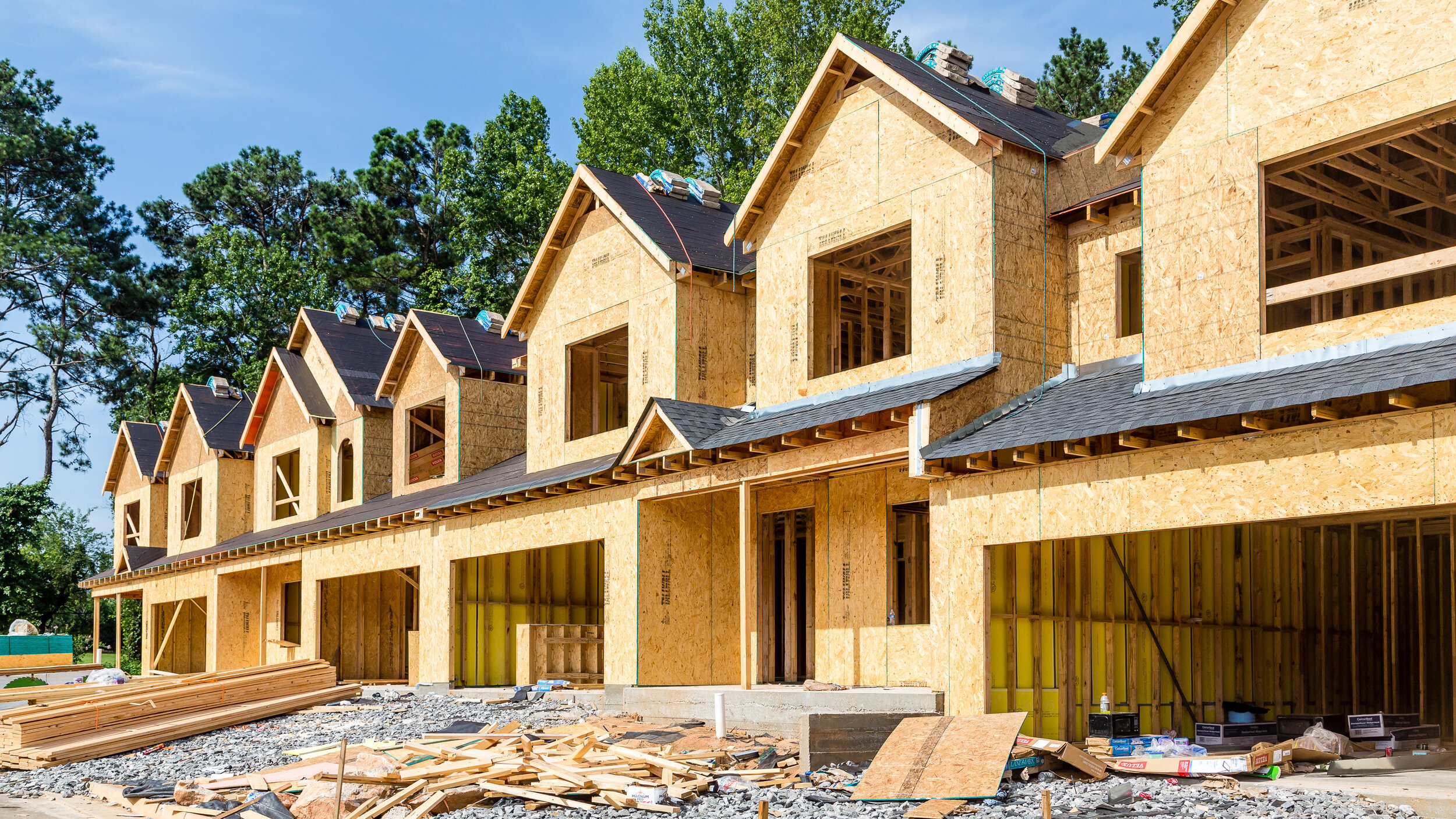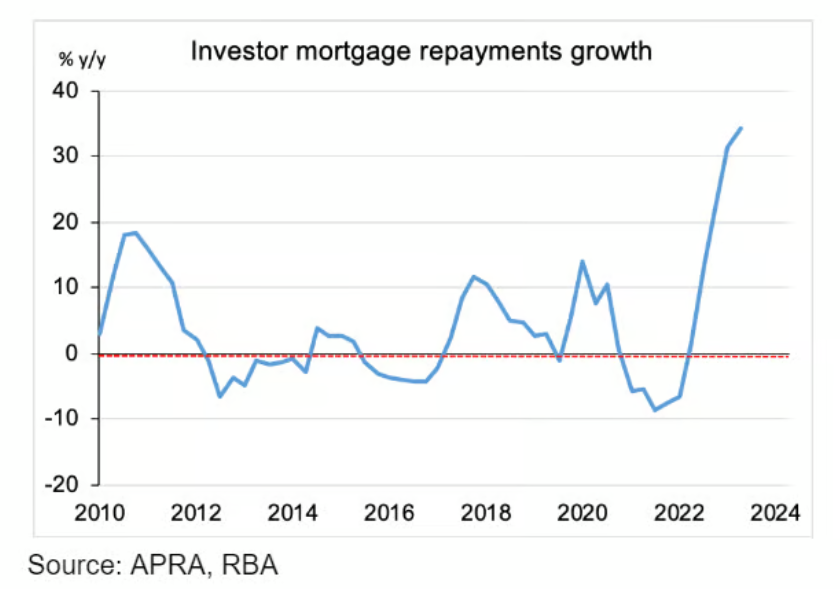The true origins of Australia's housing crisis
the National Housing Accord is a $13bn publicity stunt preying on Australians’ desire to own their own slice of our country. by Freya Leach.
First published in the MRC’s Watercooler newsletter. Click here to sign up to the newsletter.
“Polishing a turd” is what Anthony Albanese’s new housing “reforms” amount to, according to the Greens. And they are right.
On Wednesday, National Cabinet agreed to a suite of new housing policies.
Lift the national housing target to 1.2 million dwellings over the next 5 years
States will receive $15,000 for every home delivered above the old target of 1m homes—costing $3bn
New “renter’s rights” will mandate minimum quality standards for rental properties
Prohibit rent increases more than once per year.
The target of building 1.2 million homes over the next 5 years is commendable but redundant.
Governments are notoriously bad at building houses. Think of the KiwiBuild program in which NZ Labour promised to build 100,000 homes in 10 years. Since the policy was first announced over 10 years ago, just 1,500 houses have been built. When confronted with this reality, the Minister for Housing promised to supercharge the effort by building 1,000 houses monthly. Three months later, just 8 extra houses had been built.
Regardless of the government’s ability to build 1 million houses, it is merely a publicity stunt. The commitment to 1,200,000 new homes will fail to deliver any meaningful boost in housing supply. In fact, all it guarantees is a decrease in new housing supply.
The last 5 years have seen 1 million new dwellings approved. The pre-pandemic 5-year average was 1.2 million from 2015 to 2019. If you turn to construction commencements, over 5 years pre-pandemic, we saw 1.1 million new dwellings commenced.
Rather than being some great regeneration of the “Great Australian Dream” as Albanese so confidently proclaims, the National Housing Accord is a $13bn publicity stunt preying on Australians’ desire to own their own slice of our country.
Perhaps the true commitment is to build an additional 1.2 million homes, above the 1 million to be delivered by the market. This is a notably more ambitious goal but it’s nearly impossible to see how it will be achieved. As of May-23, there were 33,000 vacant jobs in the construction industry—a 99.2% increase from pre-Covid levels. Materials shortages have driven up the costs of materials by 7.4% y/y as of Q2-23. Concrete, cement and sand costs are now 16.2% higher.
It’s not a surprise Albanese has tried to establish yet another bureaucracy which will fail to boost supply.
Labor has a long history of intervening in the market with major stimulus while failing to deliver long-lasting results.
Ben Chifley established the Commonwealth Housing Commission
Paul Keating created the National Housing Strategy
Kevin Rudd established the Social Housing Initiative
As a young person, home ownership is something I aspire to. I regularly have conversations with my peers about saving. For example, we chose to see Barbie and hold off on Oppenheimer.
Young people’s desire to own a home is not just anecdotal. When McCrindle surveyed Gen Z (those born from 1999-2009), they found that 72% of young people hoped to own their own home—in fact, it was their number one hope for the future.
Menzies knew home ownership to be the bedrock of a sober society. It cultivates self-reliance, personal responsibility and deep patriotism. This dream of home ownership is very much alive among young people.
Labor and the Greens know this. They know that young people haven’t given up on home ownership, so they’ve seized the debate and driven it in a far-left direction.
Rather than talking about easing planning restrictions, freeing up mum and dad investors and encouraging self-reliance, the left has sought to reinsert the state into the debate and create a new class of victims—the renters. They’re emphasising the need for direct intervention, increased social housing and renter’s “rights” as the solution to our housing challenge.
The vast majority of research on housing supply in the Australian context indicates the main restriction on housing supply are planning restrictions, according to Keaton Jenner and Peter Tulip in a research paper published by the RBA in 2020. A healthy housing market has elastic supply—when prices increase, the market builds more houses, moderating house prices.
In Australia, research by economist Ralph B McLaughlin shows that a 1% price increase leads to an approximately 4-6% increase in housing approvals over five quarters. This is a third of other developed countries, such as the United States. The factors affecting supply elasticity are developable land, density limits and time taken to approve development applications by local councils. These are all factors the government controls—they all constrain housing supply and hinder its responsiveness to price increases.
If Labor is serious, it should stop spending our money on futile construction projects that the private sector is amply able to deliver themselves and focus on reforming the shambolic planning system.
Labor and the left are also misguided in their attack on landlords. By committing to national “renter’s rights”, Labor is trying to resurrect the class war, which Menzies sagely determined is a false war. This time, the divide is between the landlords and the unlanded renters.
The left’s flirtations with price caps and regulated “renter’s rights” is trying to propagate the narrative that landlords are a greedy class of overlords and renters— the victims—must be protected by government intervention.
The reality of the situation could not be further from the truth. Most private landlords, or over 70%, are mum-and-dad investors with just one property. Their property costs have risen hugely through higher interest rates and higher land valuations pushing up land tax. Over half of all property investors are negatively geared, meaning they are making a loss on their rental properties. This number is going to rise sharply as interest rates rise and regulations prevent property owners from raising rent to match their increased costs.
The true story of the Australian rental crisis is not that of greedy landlords who must be curtailed by government intervention. It is rather the story of housing undersupply, created by counter-productive planning measures, and exacerbated by ineffective policy. Labor needs to ditch the class war and the government overreach.
The $13bn housing future fund will fail to increase housing supply. Labor’s “renter’s rights” will do nothing more than stoke the embers of the left’s class war. And tragically for young people, they will fail to address the root cause of our housing supply issues which is the government itself.
Freya Leach is the Director of the Centre for Youth Policy



